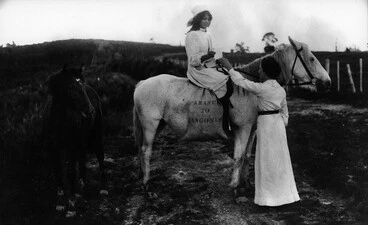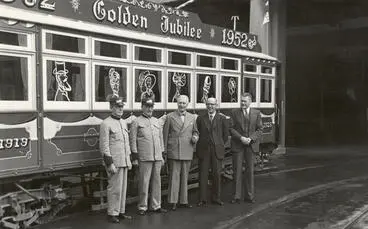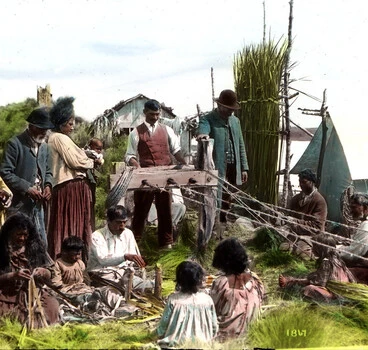Jobs in the Community - Jobs from the Past
A DigitalNZ Story by National Library Services to Schools
Whaling and gum digging were some of the jobs colonial New Zealanders did. While some of these jobs no longer exist, those like farming have become major contributors to New Zealand's economy.
BACKGROUND
During New Zealand’s colonial period most income-earning jobs came from the land and natural resources such as gold. Very early jobs included whaling and sealing. Occupations such as storekeeper and farmer emerged in the earliest days of settlement, among both European settlers and the Māori population. The most common occupation in the 1867 census was mining – reflecting the gold rushes of the time. Skilled professionals such as surveyors and clerks were scarce, and servants far outnumbered nurses.
Men filled most of the paid jobs, and women who migrated to New Zealand came either as wives, potential wives, or as a source of domestic labour.
Source: Occupational change since 1840 — Occupational structure, Te Ara - The Encyclopedia of New Zealand.
This story contains the following:
- Whaling and sealing
- Farming
- Gum digging
- Domestic help
- Gold mining
- Glossary
- Jobs from the past that no longer exist.
Whaling and sealing
European sealers first arrived in Murihiku in the 1790s. They set up camps at various places around the coast, mostly in Fiordland, and introduced the potato. A decade or so later whalers also appeared in southern waters. In the 1830s they established shore stations in sheltered waters from Moeraki to Tautuku and further south.
Source: Otago region — Māori history and whaling, Te Ara - The Encyclopedia of New Zealand.
MORE ABOUT WHALERS AND SEALERS
Sealers and whalers — Maps, information, and classroom ideas to explore how whaling and sealing drew people from around the world to New Zealand.
Sealing — was done first by Māori for food then by European for oil and skins.
Whaling — whales were hunted for their oil, baleen, and ambergris.
QUICK FACTS
. The New Zealand government passed the Protection of Animals Amendment Act 1875 that controlled the hunting of seals to four months from June to September.
. Hunting whales in New Zealand became illegal in 1978.
New Zealand whaling stations
Manatū Taonga, the Ministry for Culture and Heritage
Men working in a whaling station on a beach
Auckland Libraries
Sealing
Manatū Taonga, the Ministry for Culture and Heritage
FARMING
Most Europeans arrived after 1840. Many bought land, cleared forests and established farms. The work was hard and people had to do everything themselves.
Men, women and children all worked raising farm animals and planting and harvesting food. Even little children had their farm tasks like feeding hens or picking vegetables. Men did the hard farm labour like ploughing.
Source: Story Summary — Farm families, Te Ara - The Encyclopedia of New Zealand.
MORE ABOUT EARLY FARMING IN NEW ZEALAND
Early settlement and farming —
Farming in the economy — of New Zealand and how it adapted to the market in the 1870s.
New Zealand's first sheep released — by James Cook on his second voyage to New Zealand in 1773.
QUICK FACTS
- Water buffalo were imported into New Zealand for farming in the 1990s.
- Ostriches were once farmed in New Zealand for their feathers. The feathers were used to adorn fashionable women's hats around 1900.
Ostrich farming in Auckland
Auckland Libraries
Dairy cows on land which has been clear felled
Alexander Turnbull Library
[Counting sheep, Clayton Station]
South Canterbury Museum
Kauri GUM DIGGING
By the 1860s, exporting kauri gum was an established industry. From 1870 to 1920, digging gum was a major source of income for Māori and settlers in Northland. In the 1890s some 20,000 people were involved in the gum industry – 7,000 of them working full time.
Gum digging was dirty, muddy work, and diggers working in swamps typically wore long rubber boots. New Zealanders call these gumboots – not because the boots were used on the gumfields, but because they were made from gum or rubber.
Source: The gum diggers — Kauri gum and gum digging, Te Ara - The Encyclopedia of New Zealand.
MORE ABOUT GUM DIGGING
Kauri gum — the fossilised resin or sap from the kauri tree was used to start fires and to make varnish.
The gum diggers — covers the history of gum digging beginning with Māori, then the early settlers who turned it into an industry.
QUICK FACTS
- Tane Mahuta is the largest living Kauri tree today. You will find it in the Waipoua Forest sanctuary.
- The resin from the kauri tree protects the tree by filling in holes and damaged areas.
Gum digging
Manatū Taonga, the Ministry for Culture and Heritage
North Auckland's gum industry: natives digging gum at Kaikohe
Auckland Libraries
Kauri Forest Gum Diggers
Auckland Libraries
DOMESTIC HELP
Men filled most of the paid jobs, and women who migrated to New Zealand came either as wives, potential wives, or as a source of domestic labour.
In the 1896 census the two most common occupations were farmer and farm labourer, jobs that still exist in the 2000s. The third largest occupational group was domestic servant, and domestic service was the single largest employment category for women from the 1880s to the 1930s.
Source: Occupational change since 1840 — Occupational structure, Te Ara - The Encyclopedia of New Zealand.
MORE ABOUT DOMESTIC HELP IN EARLY NEW ZEALAND
. Domestic Worker's Union — was an effort to organise the largest group of women workers in New Zealand in colonial New Zealand.
. Household services — covers servants, gardeners, and other domestic help in the 1900s.
QUICK FACTS
. Marianne Tasker and her supporters established a domestic workers' union in 1906 to improve pay and working conditions. They wanted a 68-hour week.
. Being able to keep a servant was considered a status symbol. The mistress usually did the cooking while the servant did the cleaning, washing, looking after the children, chickens, vegetable garden, sewing, making soap, and milking the cow.
Group of girls training for domestic service
Auckland Libraries
Schourup, Peter, 1837-1887 (Christchurch) fl 1870-1885 :Portrait of unidentified housemaid
Alexander Turnbull Library
GOLD MINING
In the 19th century discovering gold was a way out of poverty. From the 1860s gold rush followed gold rush, and thousands flocked to the fields. But the work was harsh, with days spent digging in cold creek beds. Only a lucky few found riches in the rock. However, the collective value of the gold that was discovered kick-started the young colony’s economy. Gold was the making of early New Zealand.
Source: Gold and gold mining, Te Ara - The Encyclopedia of New Zealand.
GOLD MINING IN EARLY NEW ZEALAND
Goldfield gold rush history — began in 1861 when Gabriel Reid discovered gold in Gabriel Gully.
QUICK FACTS
- Gold fossicking is about finding gold in a stream or river using tools like pans, shovels, and sluice boxes.
- Otago, the South Island's West Coast, and Coromandel Peninsula were three places in New Zealand that saw extensive gold mining activity.
Gold workings at the Blue Spur, Gabriel's Gully, Central Otago
Museum of New Zealand Te Papa Tongarewa
Chinese miners in front of a stone cottage, Central Otago
Alexander Turnbull Library
GLOSSARY
Definitions below have been taken from the Oxford Learner's Dictionary.
adapted — to change your behaviour in order to deal more successfully with a new situation.
clerks — a person whose job is to keep the records or accounts and do other routine duties in an office, shop, etc.
decade — a period of ten years, especially a continuous period, such as 1910–1919 or 2000–2009.
established — respected or given official status because it has existed or been used for a long time.
fossilised — to make an animal or a plant become a fossil; to become a fossil.
illegal — not allowed by the law.
imported — to bring a product, a service, an idea, etc. into one country from another.
kick-started — to do something to help a process or project start more quickly or begin making progress again
professionals — a person who does a job that needs special training and a high level of education.
status — the social or professional position of somebody/something in relation to others.
surveyors — a person whose job is to examine and record the details of a piece of land.
varnish — a liquid that is painted onto wood, metal, etc. and that forms a hard shiny surface that you can see through when it is dry.
JOBS FROM THE PAST THAT NO LONGER EXIST
Telegraphists
Manatū Taonga, the Ministry for Culture and Heritage
One Of The Fleet Of Auckland's Water Carriers
Auckland Libraries
Job Smith driving a bullock team, Constable Street, Newtown, Wellington
Alexander Turnbull Library
Page 4 Advertisements Column 4 (Upper Hutt Leader 19 May 1955)
Upper Hutt City Library
Original Punch drawing: The Knife-Grinder
Dunedin Public Art Gallery
THE "KNOCKER-UP." (Clutha Leader 7-3-1916)
National Library of New Zealand
[Timaru Telephone Exchange]
South Canterbury Museum
Engine driver and stoker on board a locomotive
Alexander Turnbull Library
Hemp drying at Miramar
Alexander Turnbull Library
Rag-and-bone man
Manatū Taonga, the Ministry for Culture and Heritage
JOBS IN THE COMMUNITY - JOBS FROM THE PAST
Dairying in Taranaki: Mr Gilling's farm at Okaiawa
Auckland Libraries
Women working in the Roslyn Woollen Mill
Alexander Turnbull Library
A north Auckland rural scene: Milking time at a settlers homestead
Auckland Libraries
Making hosiery, 1921
Manatū Taonga, the Ministry for Culture and Heritage
Sluicing for alluvial gold on the West Coast
Auckland Libraries
[Domestic servant]
Auckland War Memorial Museum Tāmaki Paenga Hira
Postal service, Paranui to Mangonui, circa 1910
Archives New Zealand Te Rua Mahara o te Kāwanatanga
The Ferryman
Museum of New Zealand Te Papa Tongarewa
Night-soil man
Manatū Taonga, the Ministry for Culture and Heritage
Māori Rope-making, Lantern Slide
Archives New Zealand Te Rua Mahara o te Kāwanatanga
This story was curated and compiled by Te Puna Mātauranga o Aotearoa | National Library of New Zealand, Services to Schools staff, December 2020.

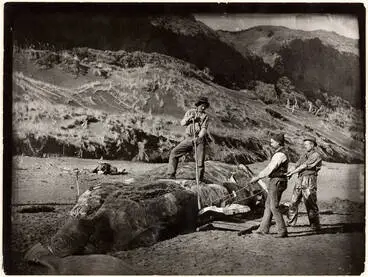

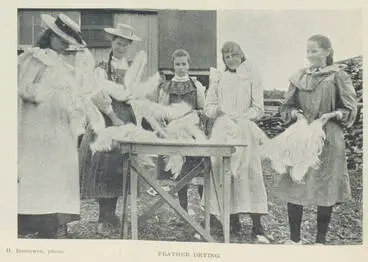
![[Counting sheep, Clayton Station] Image: [Counting sheep, Clayton Station]](https://thumbnailer.digitalnz.org/?resize=770x&src=https%3A%2F%2Fs3.amazonaws.com%2Fpastperfectonline%2Fimages%2Fmuseum_58%2F065%2F2011028153.jpg&resize=368%253E)

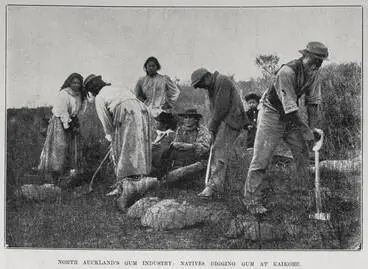
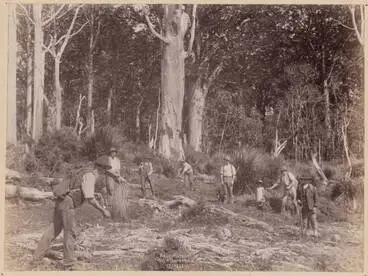
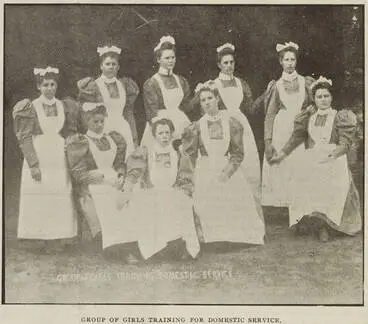
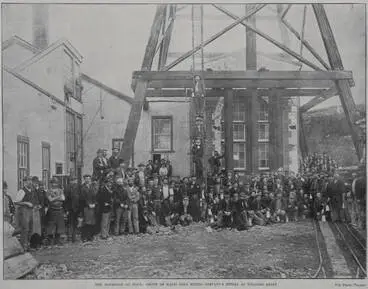

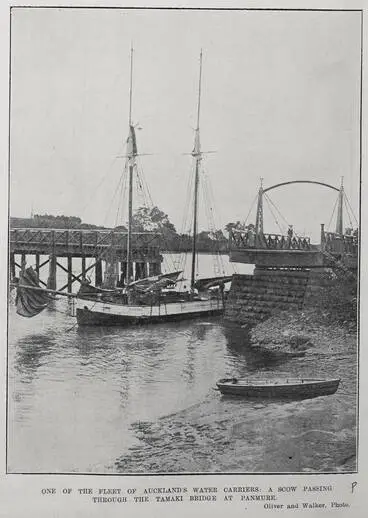
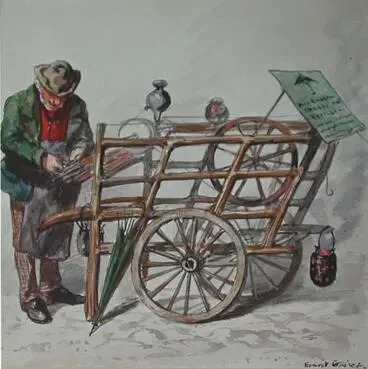
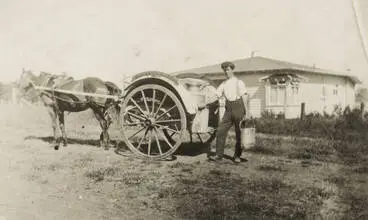
![[Timaru Telephone Exchange] Image: [Timaru Telephone Exchange]](https://thumbnailer.digitalnz.org/?resize=770x&src=https%3A%2F%2Fs3.amazonaws.com%2Fpastperfectonline%2Fimages%2Fmuseum_58%2F071%2F3883.jpg&resize=368%253E)

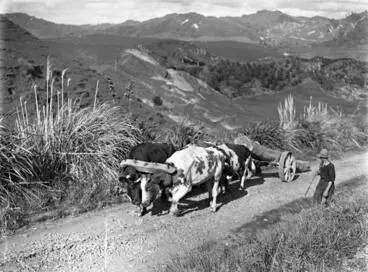
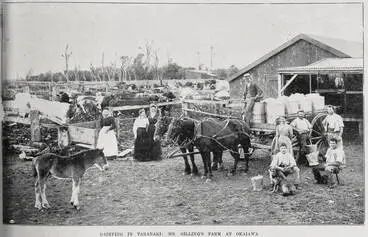
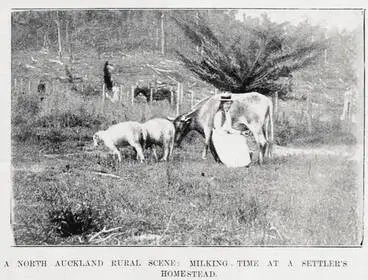

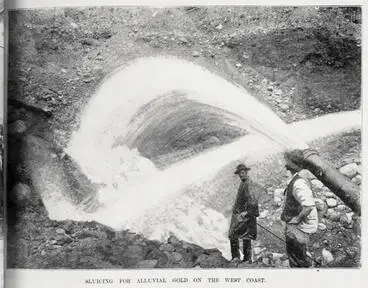
![[Domestic servant] Image: [Domestic servant]](https://thumbnailer.digitalnz.org/?resize=770x&src=https%3A%2F%2Fcollection-api.aucklandmuseum.com%2Frecords%2Fimages%2Fmedium%2F557274%2F6b828d37f33029837cb3257b7e1d4966093a65d3.jpg&resize=368%253E)
